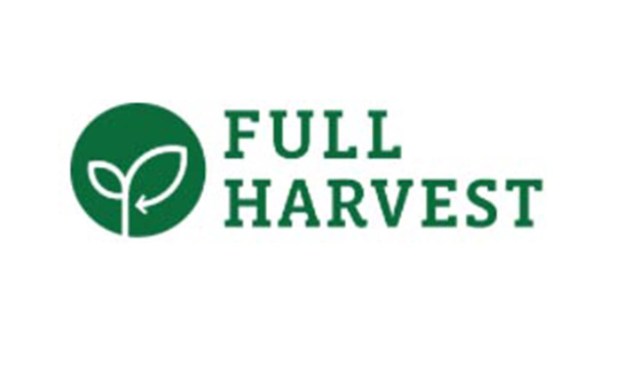How Data, B2B Payments and Logistics Keep Fresh Produce Out of the Trash

While working in supply chain and then in the food industry, Christine Moseley, who is now founder and CEO at Full Harvest, saw waste, inefficiencies — and a lot of work being done offline. While the rest of the world was digitizing and streamlining, the food supply chains hadn’t.
Moseley started Full Harvest by solving on-farm food loss and then found that the company had a role to play digitizing the rest of the supply chain, too. Up to 96% of the global produce industry is still offline.
Today, Full Harvest is a business-to-business (B2B) marketplace for surplus and imperfect produce aimed at reducing global food waste. In December, it secured a $23 million Series B round of financing to expand its online marketplace.
“What’s really exciting is that we’re kind of the thought leader in not only solving on farm food loss — which is now the largest portion of the food waste problem, which is the No. 1 contributor to climate change — but also solving major pain points within the industry with technology,” Moseley said.
Empowering Buyers and Sellers
Full Harvest empowers buyers and sellers to transact online, on their own terms. Traditionally, 85% or 90% of buyers have gone through brokers or distributors. With Full Harvest’s online marketplace, they have the technology to empower their own workflows, purchasing, data and insights.
“We have farms that come on and post, and we have buyers that come on and look for things and let us know what they’re looking for,” Moseley said. “It’s really about matching and helping them with the buying and selling process online, and we take a take rate of each transaction.”
Buyers are typically consumer packaged goods (CPG) companies and processors that don’t need produce to look perfect. However, Full Harvest also counts a growing number of schools and nonprofits among that number, and it aims to help any company buy and sell more sustainable, more affordable produce.
Providing Market Transparency
During the first 12 months of the pandemic, Full Harvest tripled its revenue as more buyers and sellers came to the marketplace. They had suddenly seen that because they were previously offline, they didn’t have the market transparency and data insights they needed to grapple with massive shifts in supply and demand during the pandemic.
Farmers that had been 80% or 90% growing for food service suddenly found that market shut down for months. Needing to quickly sell into other types of markets, these farmers turned to Full Harvest.
“So, I think just the acceleration of the market, the realization that this is kind of non-negotiable going forward and us being a leader in the technology on that, I think it really helped us during the fundraise,” Moseley said.
Streamlining and Improving Payments
To help with payments, Full Harvest has integration with Dwolla, and the user experience has been streamlined with a lot of automation. Farmers get automatically paid on time, and buyers can pay online, as well.
“We have a really big opportunity to help streamline and improve the way that payments are being made in the produce industry as well, because it’s been paper checks in the mail and paper invoices in the mail,” Moseley said. “So, we’ve done a lot of innovation on even that workflow — accurate invoices at the touch of a button and a dashboard that come instantly and can be confirmed. The whole process around that — major benefits from technology.”
Full Harvest also offers logistics as a value-added service, coordinating it with its highly vetted, third-party supply chain partners. Looking ahead, Moseley said there’s even more innovation that the company can and will do to automate and optimize the produce industry online.
“Over the years, we have become experts on how to gather data in the market that nobody else has, literally, in terms of what’s happening — and down to the nth degree of what buyers have and what sellers have — and matching that in multiple ways in terms of sharing that information, catering it in a way that solves a lot of pain points in the produce industry,” Moseley said.
